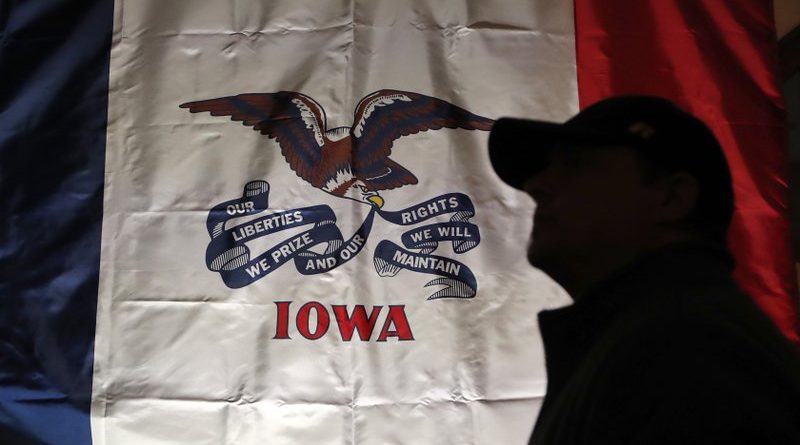The Iowa Caucus: How it works and Who Might Win
On February 3rd, Iowa voters will flock to roughly 1678 precinct locations and stand with their Democratic candidate for president during the Iowa caucuses. The original influencer, Iowans are preparing for a big night ahead and candidates are hoping to win in the Hawkeye State to help their campaign gain momentum.
The Iowa Caucuses are notable since it is the first state in the nation to vote in the 2020 presidential primary season. The process in which Iowa participates in the primary election is vastly different from other states. Instead of heading to the polls and casting ballots, Iowan voters gather at pre-determined precinct locations (think: schools, churches, gyms, and libraries) and then literally stand with their candidate of choice. At each caucus site a campaign representative will stand in a designated area where caucus goers will stand in support of their chosen candidate.
Here’s how the 2020 Iowa Caucus will work:
Caucus goers have 30 minutes to divide themselves into groups based on their chosen candidate, and to convince their fellow Iowans to join them in supporting their candidate. After 30 minutes, the electioneering is paused and caucus officials count supporters of each candidate to determine viability. In order for a candidate to have viability they must have at least 15% of the support of the room. After viability is determined, the clock is reset for another 30 minutes giving participants a chance to realign and either join a different candidate who has viability or is near the viability threshold. There is also an option to try to join forces with another nonviable candidate in effort to meet the 15% viability threshold.
After the realignment is over and voting is closed, Caucus officials tally the number of votes among the viable candidates and allocate State Delegate Equivalents (aka: SDE). These delegates will correspond to the number of delegates each candidate will get for the national convention in July. While the Iowa Democratic Party does not declare a winner, the candidate with most number of SDE’s is considered the winner. Winning translates into delegates awarded for the Democratic National Convention in July.
Current polling shows Senator Bernie Sanders with a sizable lead (25%) over former Mayor Pete Buttigieg and Vice President Joe Biden. Sanders, who narrowly lost in Iowa to Hillary in 2016 by 0.25%, has recently experienced a uptick in polling among likely caucusgoers. This last minute surge in the polls for Bernie Sanders shows the volatility of the primary and fickleness of the electorate as they try to figure out who is their best chance to beat President Donald Trump in November.
In a nutshell, Iowa serves not only as the kick off to the primary election season, but it also offers campaigns a pep in their step (and the polls) as they head to New Hampshire. In previous elections, Iowa has served as a launching pad to the presidency for underdog candidates such as Jimmy Carter in 1976 and Barack Obama in 2008. For lesser polling candidates such as Senator Amy Klobuchar and Andrew Yang, the Iowa Caucuses could make or break their presidential dreams.

